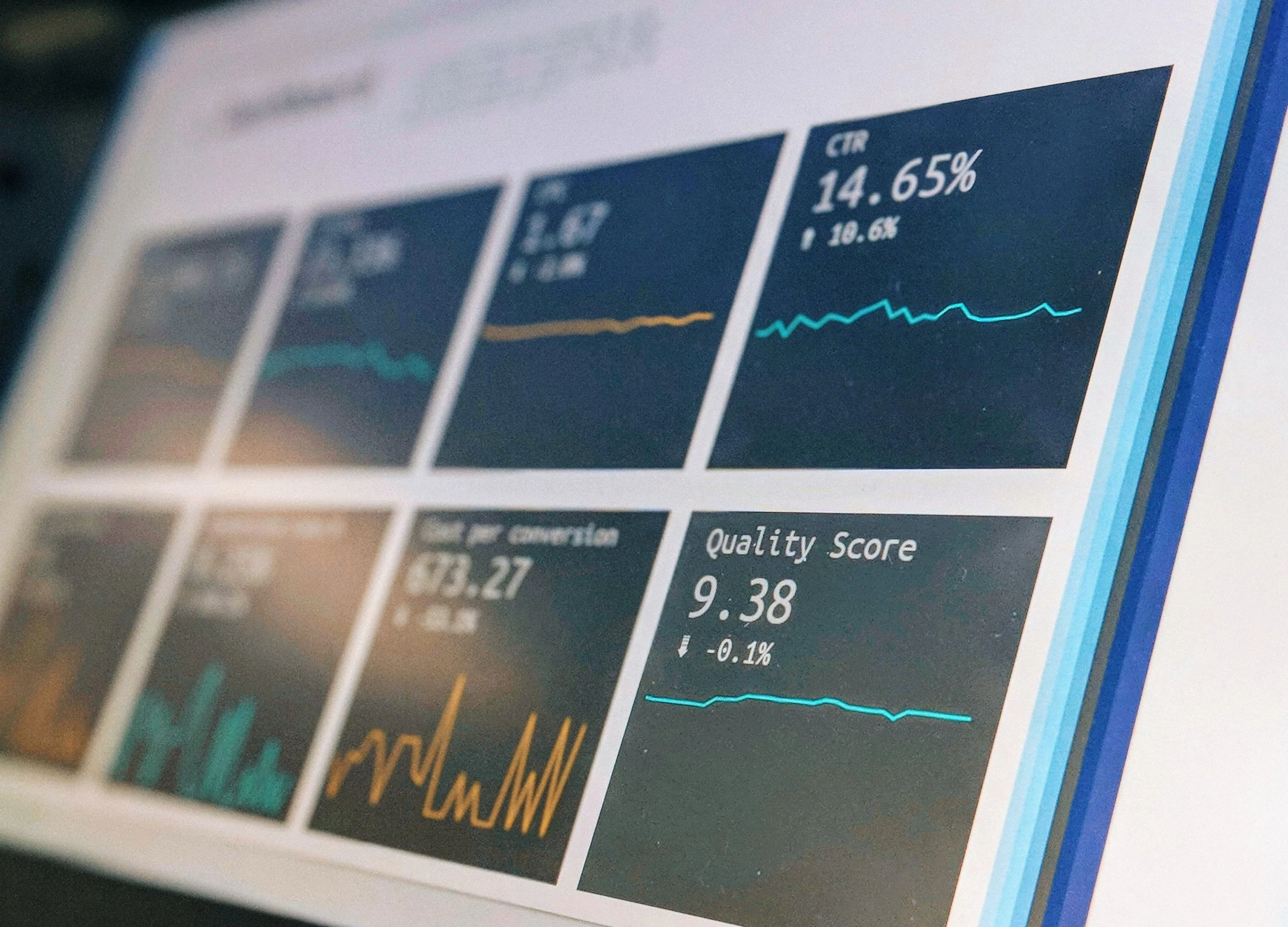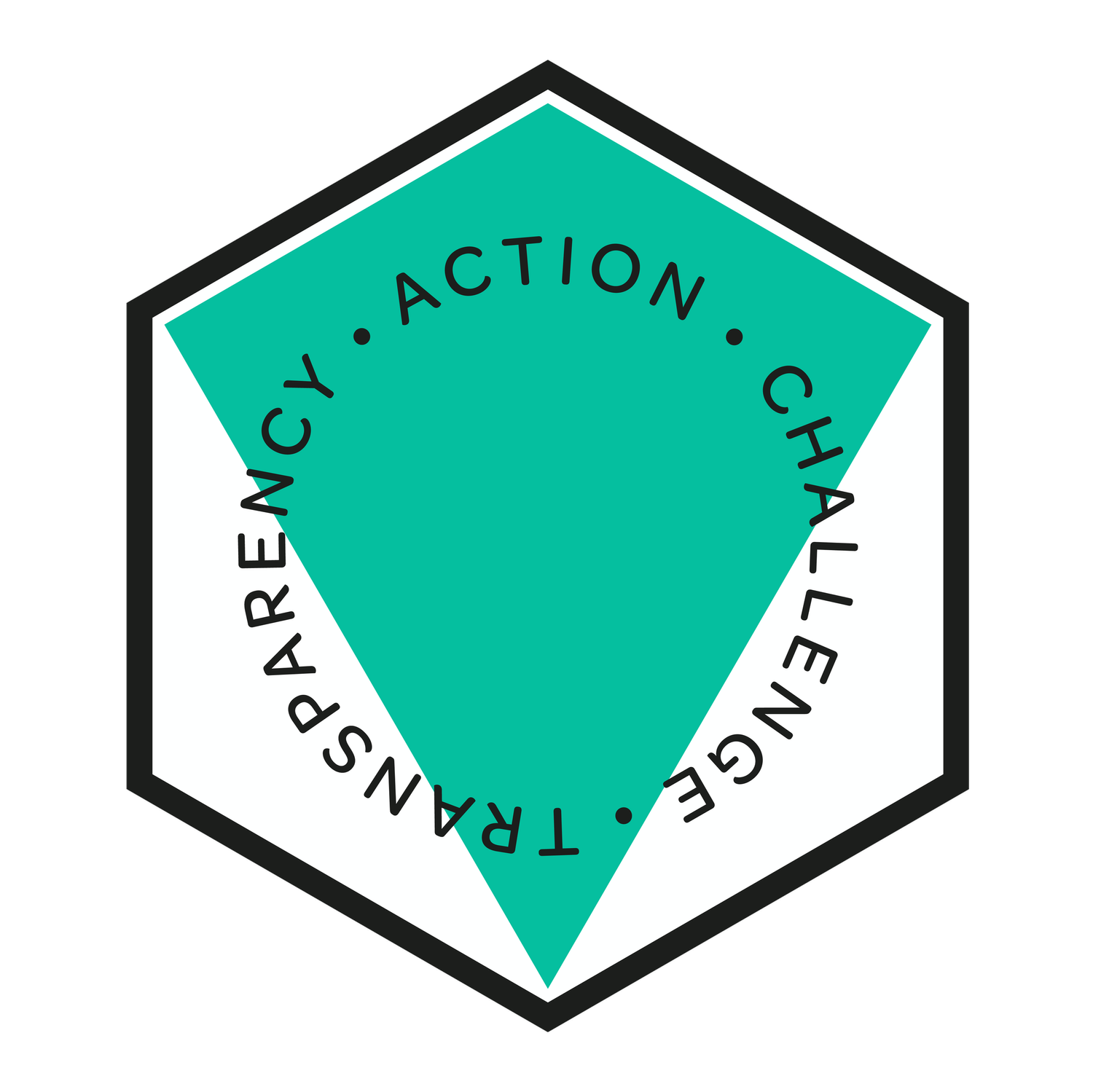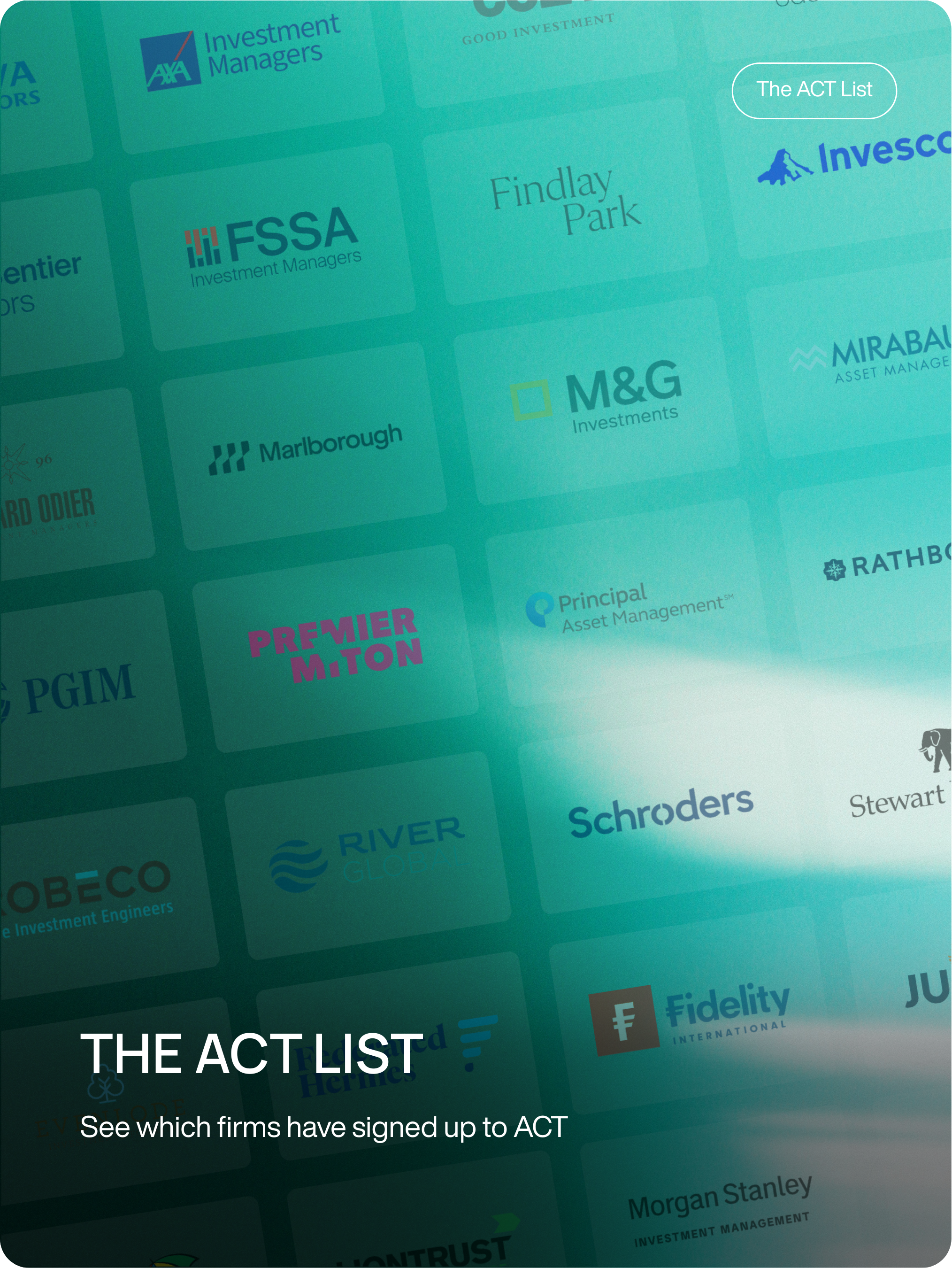THE CORPORATE CULTURE STANDARD FOR INVESTMENT COMPANIES
THE CORPORATE CULTURE STANDARD FOR INVESTMENT COMPANIES
The global standard for the investment management industry created by City Hive, an independent think tank on a mission to democratise access to investing and investments.
Whether you’re an investor, asset owner, trustee, pension scheme member, or simply someone whose savings are being managed, ACT provides reassurance that firms are transparent, accountable, and serious about how they operate.
ACT reporting is enabling investment companies to demonstrate transparency and build lasting investor trust.
Watch the story so far…

USING THE ACT STANDARD FOR ANALYSIS
Empowering analysts and investors to mitigate risk and make stronger, longer-term decisions.

STRENGTHEN YOUR ANALYSIS WITH THE ACT COLLECTIVE
Join our network of fund investors and manager researchers elevating standards in due diligence.
ACT INSIGHTS
Our digital magazine focusing on corporate culture and governance.
Strengthening the investment management industry through research, reports, and commentary.
THE ACT ACADEMY
Events that have helped 1000s develop new capabilities and stay ahead in the investment management industry.
Supporting ACT Signatories and the ACT Collective to strengthen knowledge, discover new ideas, and build meaningful connections.
Hosted: Online
Date: 26th February
Time: 1pm - 2pm
All employees of Signatory firms enjoy free access to our Lessons in Leadership Series. To register for free, please don't forget to use your company promo code. If you do not know your code contact us.
In collaboration between City Hive and the Bank of England
Date: 4th March 2026
Time: 4pm - 6.30pm
Location: London
This is an invite-only event.



































